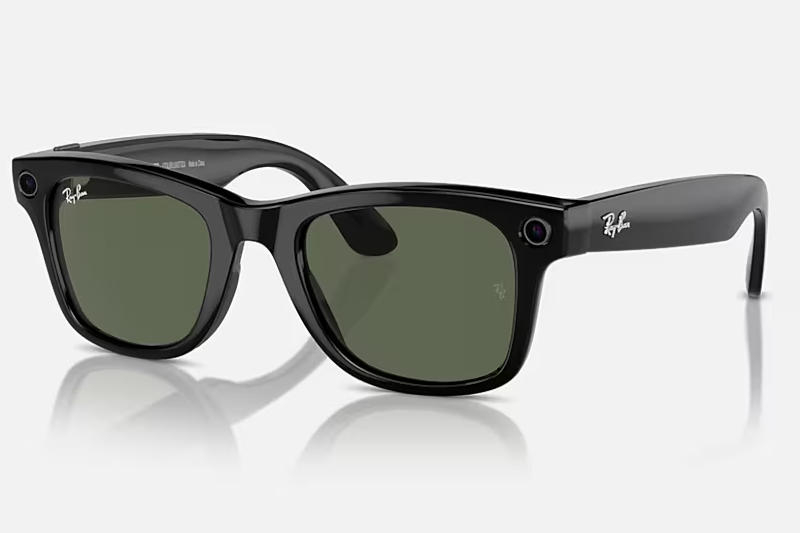Last year, which Meta CEO Mark Zuckerberg called “the year of efficiency,” the company closed a project to develop proprietary chips for augmented reality glasses. Amid massive layoffs and cost-cutting efforts across the company, the processors were deemed too expensive and the need too far removed from the company’s current business priorities, Fortune reported, citing its own sources.
CEO Mark Zuckerberg called “the year of efficiency,” the company closed a project to develop proprietary chips for augmented reality glasses. Amid massive layoffs and cost-cutting efforts across the company, the processors were deemed too expensive and the need too far removed from the company’s current business priorities, Fortune reported, citing its own sources.

Image source: ray-ban.com
Having abandoned its own chips, Meta began to use processors produced by other companies, including Qualcomm, in developing prototypes of augmented reality glasses. Now the social media giant is continuing to work on its own chips in other segments, including specialized processors for processing artificial intelligence workloads in data centers. Meta
began to use processors produced by other companies, including Qualcomm, in developing prototypes of augmented reality glasses. Now the social media giant is continuing to work on its own chips in other segments, including specialized processors for processing artificial intelligence workloads in data centers. Meta has been trying to develop its own chips for wearable devices since 2019 – the processor was supposed to appear in a line of augmented reality glasses, codenamed Orion. It is possible that the company will present an experimental prototype of such glasses at the Meta
has been trying to develop its own chips for wearable devices since 2019 – the processor was supposed to appear in a line of augmented reality glasses, codenamed Orion. It is possible that the company will present an experimental prototype of such glasses at the Meta Connect event in September.
Connect event in September.
Currently Meta sells glasses produced jointly with EssilorLuxottica under the Ray-Ban brand. The device has a built-in camera and a chip for connecting to a phone, but does not have augmented reality functions – sending an image directly to the lens. When work on the Orion project first began, it was realized that special chips would be required to achieve the level of performance that Mark Zuckerberg was striving for. They were supposed to be installed not only on devices of the Orion line, but also on glasses of the next generation Apollo. At some point, the issue of developing a processor for the Quest virtual reality headset was discussed, but this idea was abandoned, as was the idea of releasing its own chip for smartwatches.
sells glasses produced jointly with EssilorLuxottica under the Ray-Ban brand. The device has a built-in camera and a chip for connecting to a phone, but does not have augmented reality functions – sending an image directly to the lens. When work on the Orion project first began, it was realized that special chips would be required to achieve the level of performance that Mark Zuckerberg was striving for. They were supposed to be installed not only on devices of the Orion line, but also on glasses of the next generation Apollo. At some point, the issue of developing a processor for the Quest virtual reality headset was discussed, but this idea was abandoned, as was the idea of releasing its own chip for smartwatches.
The development of chips for wearable devices was carried out by the Silicon division. Engineers were creating three separate types of processors: one for the “puck,” that is, the external computing unit of the glasses; the second for installation directly into the glasses body to perform the image recognition function; and the third is also for installation in the glasses case. These projects were named Armstrong, Avogadro and Acropolis, respectively. It was also planned to develop power management chips, but the company abandoned this too. It is possible that the project’s developments will be used in the future, although it is known that several dozen employees of the Silicon division have been fired since last October – its reorganization continues to this day, and probably only “a few key people” will remain in the department. Some difficulties in developing proprietary Meta processors for generative AI systems persist to this day, Reuters reports.
processors for generative AI systems persist to this day, Reuters reports.






